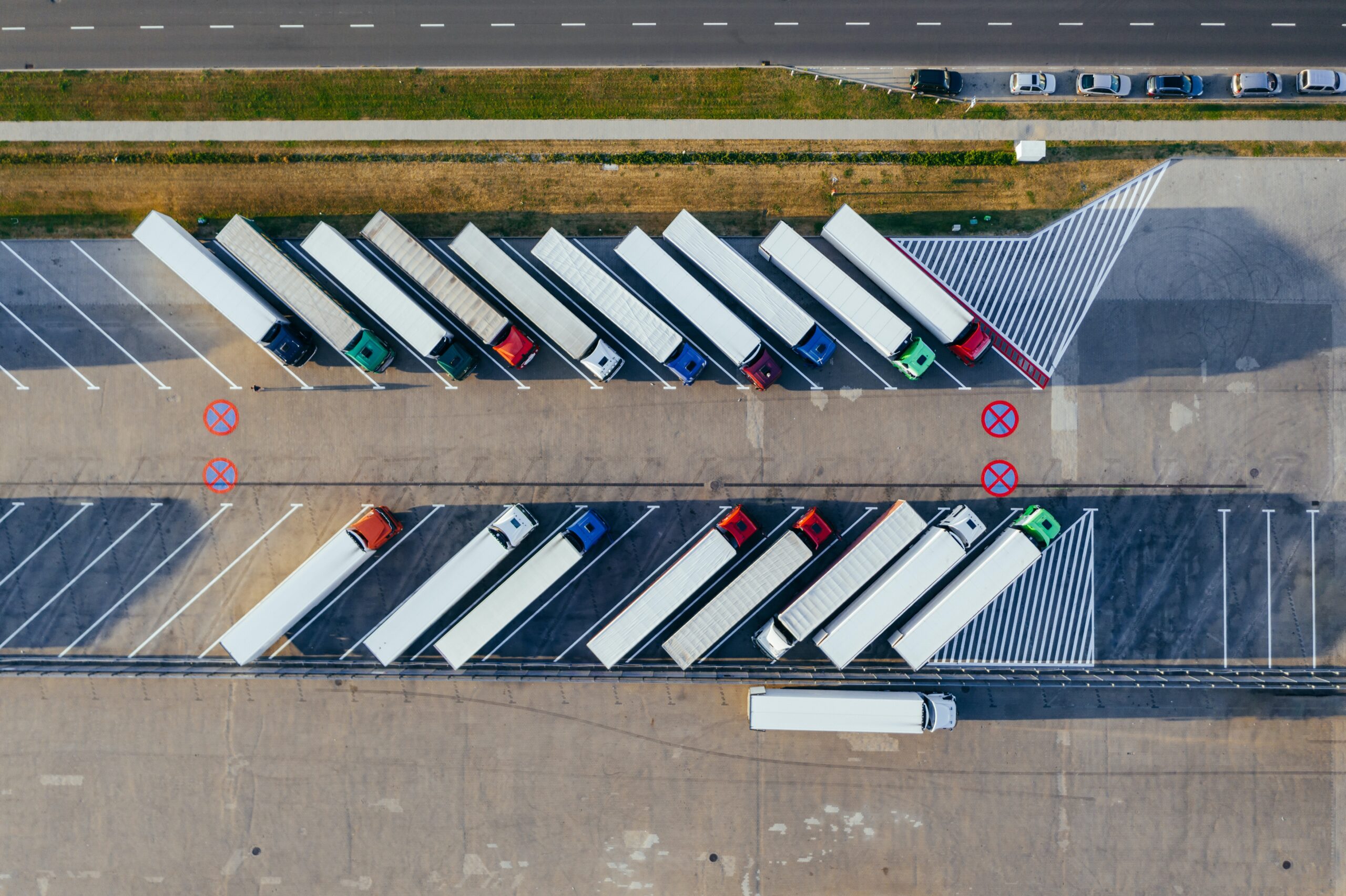The traditional freight audit and payment process (FAP) is a broken system. This may not be new news to those of us in the industry, but it seems that many organizations have decided that the status quo of a broken system is just part of the cost of doing business and there is not much that can be done about it.
Companies spend far too much time and money manually reviewing invoices, tracking down errors, and processing payments. All of these challenges pose risks to the growth of your business, consume time of valuable resources and come with a cost that can quickly erode profits.
The Same Old Challenges Persist
The traditional FAP that many companies still operate involves a manual review of every invoice to ensure that it matches the agreed-upon rates and terms. This is a time-consuming and error-prone process that often results in late payments and unhappy customers. A recent survey by SupplyChainBrain stated that over 60% of companies have experienced delays in payments due to invoice errors. This delay in payment is not only a customer service issue, it put an unneeded strain on cash flow and limits the ability to make strategic investments in the growth of your business.
Adding to the challenge of time consumption of a manual process is volume. As your third-party logistics or freight brokerage grows so does the number of invoices that need to be reviewed, meaning more workload for your team and most likely the need to hire more people simply to stay on track; equating to linear scale with growth and the back office resources that will be needed
This all-too-common approach most often leads to delays, errors, and even missed payments. In fact, a report by Levvel Research found that 61% of companies surveyed reported that their accounts payable team is overwhelmed by the volume of invoices they receive. This approach is simply not sustainable yet inexplicably, many companies still believe that throwing more bodies at the problem is the way to solve it.
Another common challenge is the complexity of the pricing structures used in the freight industry. There are often multiple variables that determine the final cost of a shipment, including distance, weight, mode of transportation, and accessorial charges. This complexity makes it difficult to accurately match invoices to the agreed-upon rates which in turn expounds the likelihood of error and can lead to disputes which only serve to erode customer confidence.
There is a Better Way
The good news is that machine learning (ML) and automation can help organizations overcome these challenges and achieve growth. By leveraging technology to streamline the FAP process, companies can reduce costs, improve accuracy, and free up valuable resources to focus on more strategic initiatives.
There are many ways that ML can help by automating the invoice matching process. By training machine learning models to recognize patterns in invoice data, organizations can quickly and accurately match invoices to the agreed-upon rates and terms. This can significantly reduce the workload for the accounting team and help ensure timely payments, which allows for a more sustainable cash flow and increased customer satisfaction.
Another way that automation can help is by identifying and flagging potential errors or discrepancies in invoices. By leveraging ML algorithms to analyze invoice data, organizations can now quickly identify potential errors or anomalies and immediately flag them for review. This dynamic approach will significantly reduce the time spent tracking down eros and ensure that nothing slips through the cracks.
Gain Visibility
The more insight you have into your business the better. Knowing what is working and what is not working is insight that every executive needs so they can ensure their business is operating at peak efficiency. ML and automation provide valuable insight into freight spend, seeing who the best carriers are and payment status in real-time versus waiting for manually generated reports that come from systems that are not integrated.
By analyzing invoice data and shipment history, companies can identify trends, patterns, and opportunities for cost savings and act on them quickly. This can help organizations optimize their shipping strategies and negotiate better rates with carriers, leading to further cost savings and growth opportunities.
The FAP process is in dire need of automation and machine learning and the time is now because this kind of technology is available. Organizations that place a premium on reducing costs, improving the accuracy of billing and payments, and gaining valuable insights into their freight spend will invest in what is needed and experience an increase in profits as a result.
